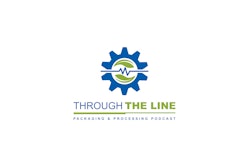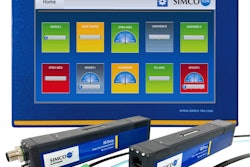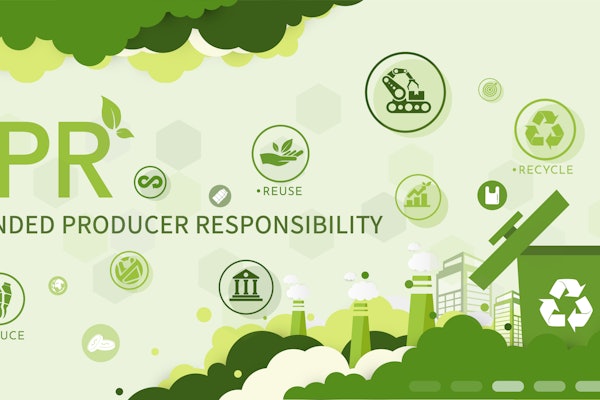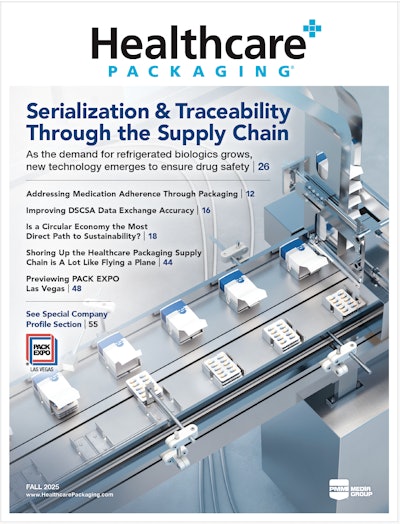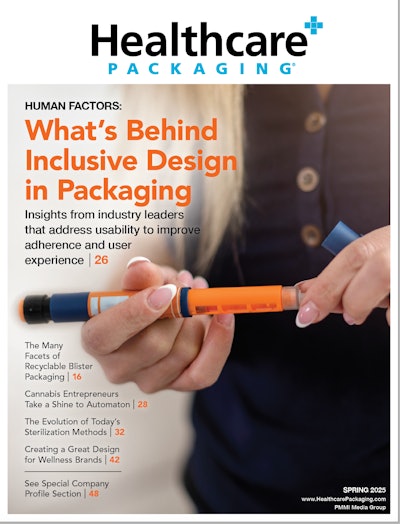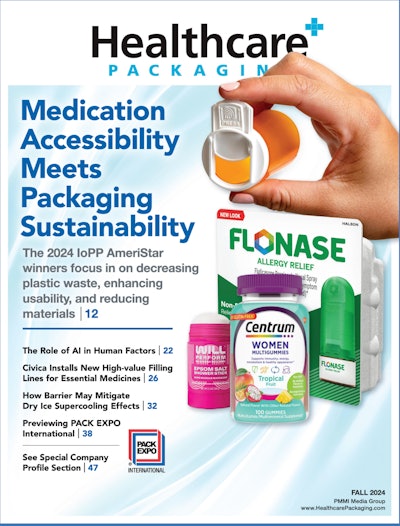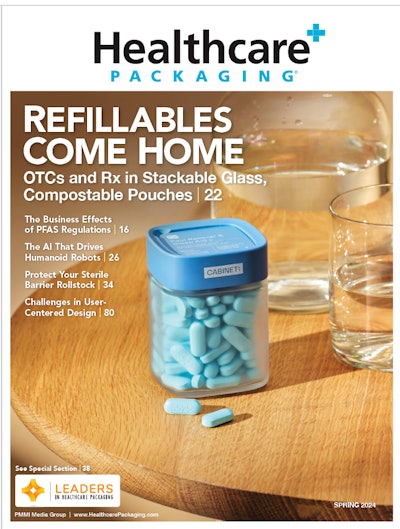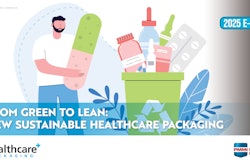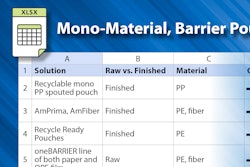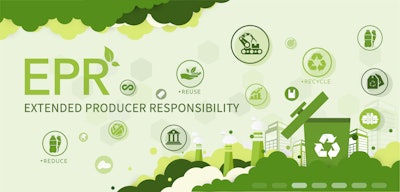
A hallmark of 2025 has been the shifting Extended Producer Responsibility (EPR) landscape. Packaging producers must prepare now as compliance deadlines for Extended Producer Responsibility (EPR) programs near seven states—California, Colorado, Maine, Maryland, Minnesota, Oregon, and Washington—with more legislation on the horizon.
Explaining EPR
EPR is an environmental policy that holds producers both financially and operationally responsible for the end-of-life management of packaging. Covered materials are defined by legislation or producer responsibility plans.
According to legal firm Baker Donelson, most packaging EPR programs require or encourage producers to join a Producer Responsibility Organization (PRO), which manages compliance on their behalf.
Upcoming Deadlines
Noncompliance penalties vary by state but can include fines, sales restrictions, and other enforcement actions. To make sure your company is prepared check out the list of deadlines and actions below.
State | Date | Action |
California | November 15, 2025 | CAA’s preliminary reporting deadline |
California | January 1, 2026 | Producers pay dues on covered materials annually to the PRO |
Colorado | January 1, 2026 | Producers pay dues on covered materials annually |
Maine | September 2025 | Begin selecting PRO |
Maine | April 2026 | Contract with PRO finalized |
Maine | May 1, 2026 | Producers are expected to be registered with a PRO and report packaging production data for 2025 |
Maryland | July 1, 2026 | Producers are expected to register with the PRO. |
Maryland | July 1, 2028 | Producers submit a producer responsibility plan to the Maryland Department of Environment |
Maryland | July 1, 2029 | Annual reporting begins |
Minnesota | January 1, 2029 | Producers must have an executed agreement with a PRO |
Minnesota | 2029 | Full program enforcement of fees |
Oregon | September 15, 2026 | Litter and marine needs assessment due |
Washington | January 1, 2026 | Producers must appoint a PRO |
Washington | July 1, 2026 | Producers register with a PRO or individually |
How to ensure EPR compliance
To stay ahead of the changing obligations and avoid potential penalties organizations should first determine if it qualifies as a producer. Business model, product types, and annual sales thresholds are considered when defining a producer. Early evaluation is critical as some organizations may be exempt—and able to bypass unnecessary obligations.
Second, organizations must register with a PRO in each applicable state. Currently CAA is the designated PRO in every state with active ERP law except Maine and Washington which have not selected a PRO or SO yet. If a registration deadline is missed companies should register with CAA urgently to minimize risk of delays in compliance or penalties.
Finally, organizations should begin collecting and organizing its packaging data. Detailed and accurate data collection on types of packaging materials sold or distributed in each state will help companies meet reporting requirements and avoid a scramble for last-minute compliance when deadlines approach.
As states finalize implementation timelines, packaging producers can’t afford to wait. Proactive preparation will ensure a smoother path to compliance and reduce regulatory risk.
What It Means For The Healthcare Industry
While many EPR principles apply universally, the healthcare sector faces specific difficulties that must be addressed:
- Medical device exemptions: Regulations sometimes include exemptions or delayed compliance deadlines for "contact sensitive packaging," such as sterile medical device or pharmaceutical packaging, which prioritize patient safety.
- Sterility and safety: Stringent federal requirements, such as those from the U.S. FDA, dictate the design and materials used to maintain sterility. This can restrict the immediate adoption of recycled content or certain alternative materials.
- Contamination concerns: Many materials used in healthcare, especially in operating rooms, are treated as contaminated after use. This makes recycling difficult in practice, even if the material is technically recyclable.
- Complex waste streams: A single medical product can contain a complex mix of plastics, metals, and electronics, making recycling complicated and expensive.




